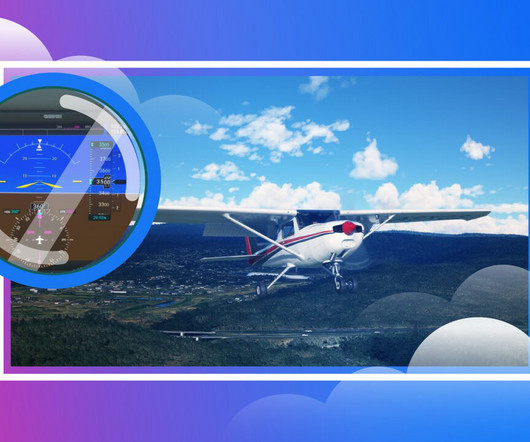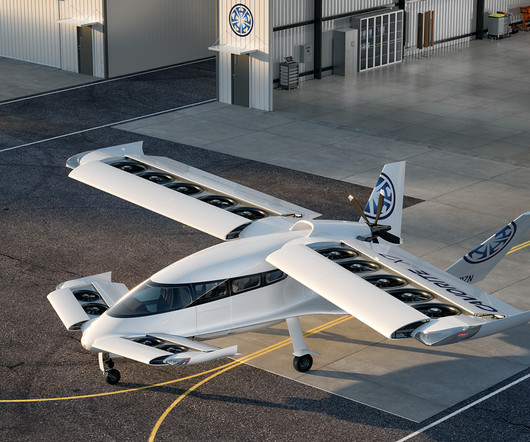Quiz: Basic Aircraft Aerodynamics
Flight Training Central
MAY 7, 2024
The horizontal component of lift. The vertical component of lift. The four forces acting on an airplane in flight are lift, weight, thrust, and drag. lift, gravity, power, and friction. lift, weight, gravity, and thrust. remain the same regardless of gross weight.












Let's personalize your content